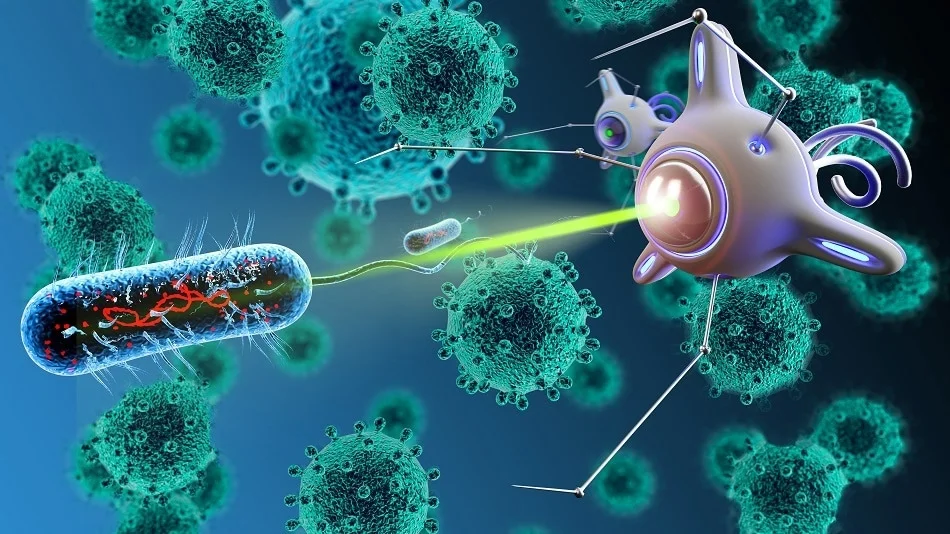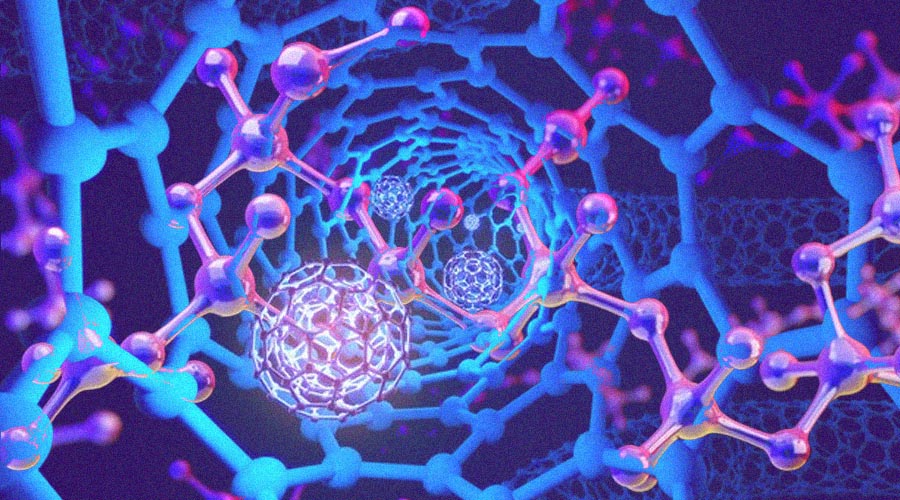
Nanotechnology is a multidisciplinary field that focuses on studying structures, devices, and materials at the nanoscale level. This involves manipulating matter at the atomic, molecular, and supramolecular levels, which has the potential to transform a wide range of industries such as medicine, energy, electronics, and materials science. In this article, we will discuss the basics of nanotechnology, its applications, and its potential impact.
The fundamental principle of nanotechnology is that as the size of a material decreases, its properties change. This is because, at the nanoscale level, the behavior of matter is governed by different laws of physics than those observed in the macroscopic world. For instance, a nanoparticle of gold may exhibit different optical, electronic, and catalytic properties than a bulk sample of gold. This difference in properties allows for the creation of novel materials with unique functionalities.

Nanomaterials are one of the essential areas of nanotechnology. Nanomaterials are materials with at least one dimension in the nanoscale range (1-100 nanometers). They can be classified into various types, such as nanoparticles, nanotubes, nanowires, and nanosheets. Nanomaterials have a wide range of applications, from drug delivery to water purification. For example, silver nanoparticles exhibit antimicrobial properties, which make them useful for disinfecting surfaces and medical equipment.
Another significant area of nanotechnology is nanoelectronics. Nanoelectronics involves the use of nanomaterials in electronic devices. Carbon nanotube transistors are one example of a nanoelectronic device. Carbon nanotubes are cylindrical structures with a diameter of a few nanometers, and they exhibit excellent electrical properties. These properties make them ideal for use in electronic devices, such as transistors. Some experts believe that carbon nanotubes could eventually replace traditional silicon-based transistors.
Nanotechnology has also contributed to the field of medicine. Nanoparticles can be engineered to target specific cells or tissues, making them useful for drug delivery. For example, nanoparticles coated with cancer-specific antibodies can deliver chemotherapy drugs directly to cancer cells, while sparing healthy cells. Nanotechnology is also used to develop diagnostic tools, such as biosensors, that can detect diseases at an early stage.
Nanotechnology has enormous potential to revolutionize various fields such as medicine, energy, electronics, and materials science. However, there are concerns about the safety and environmental impact of nanomaterials. As such, it is essential to develop nanotechnology responsibly and with safety in mind.

In conclusion, nanotechnology is an exciting and rapidly growing field that has the potential to transform a wide range of industries. By manipulating matter at the atomic and molecular level, scientists are developing new materials and devices with unique functionalities. However, it is important to ensure that the development of nanotechnology is done responsibly, with safety and environmental impact in mind.
